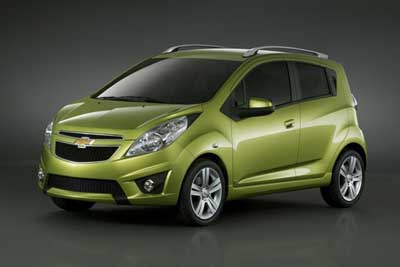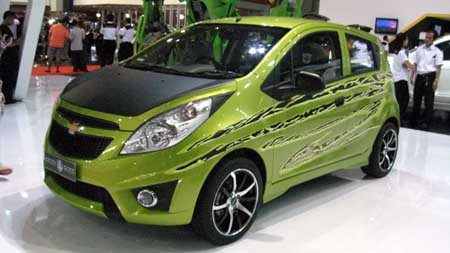 |
| 2013 Chevrolet Malibu : Latest Cars Reviews |
It says something about the breakneck pace of America's mid-size sedan segment that the departing Chevrolet Malibu was beginning to feel long in the tooth. Introduced for the 2008 model year to great fanfare and critical praise, General Motors' family four-door has seen its appeal dinged by new entries from companies like Kia, Hyundai and Volkswagen, along with massively updated models from companies like Ford (not to mention perennial favorites from Honda and Toyota).
2013 Chevrolet Malibu ECODespite its evolutionary styling, this is more than a simple refresh of the current Epsilon-based car, the Malibu that debuted today at the 2011 New York Auto Show actually gains some revised proportions for its eighth generation thanks to its migration to GM's Epsilon II platform. Shorter overall, the new Malibu nevertheless boasts increased trunk space and a number of enhanced interior metrics thanks to increased width, though sitting inside, we found rear-seat headroom to be tighter than we remembered. Part of the reasoning why Chevy has chosen to go with a shorter overall length is to increase the car's global appeal – the Malibu will be sold in over 100 world markets (and in many of them, bigger is not always better).
Powered at launch by a 2.5-liter Ecotec four-cylinder paired with a six-speed automatic, the powertrain will produce 190 horsepower and 180 pound-feet of torque. A forced-induction four-cylinder is expected at a later date, but the Malibu is likely to follow Hyundai-Kia's lead in eschewing six-cylinder power altogether.
Thus far, Chevy isn't releasing fuel economy figures, but it claims the 2013 Malibu is the most aerodynamic car in its segment (helped, no doubt, by drag-reducing active shutters up front), along with being the quietest. Officials have told us that they believe the car will return fuel economy above 30 miles per gallon.
Chevrolet surprised attendees at its press conference today by also rolling out the Malibu ECO, an eAssist-equipped high efficiency model that's expected to earn fuel economy ratings of 26 mpg city and a lofty 38 mpg highway. Powered by a 2.4-liter Ecotec four-cylinder and aided by the aforementioned eAssist mild hybrid system and special aerodynamic tweaks, GM says the Malibu ECO can go up to 550 miles between fill ups, delivering fuel economy figures that would make some hybrid family sedans envious.






















































